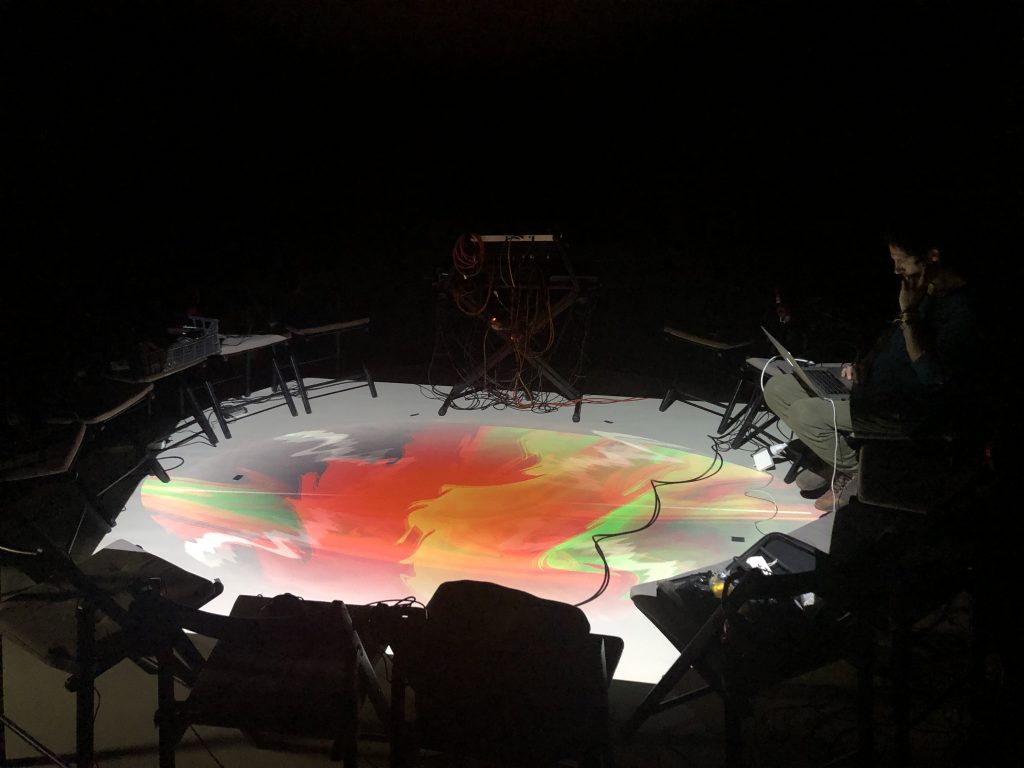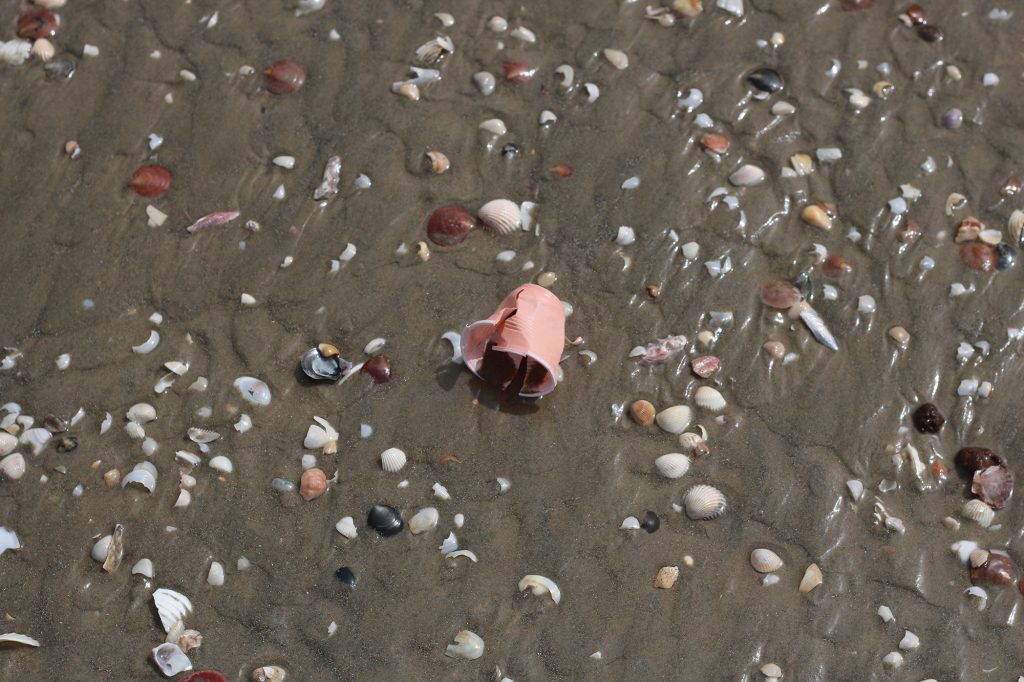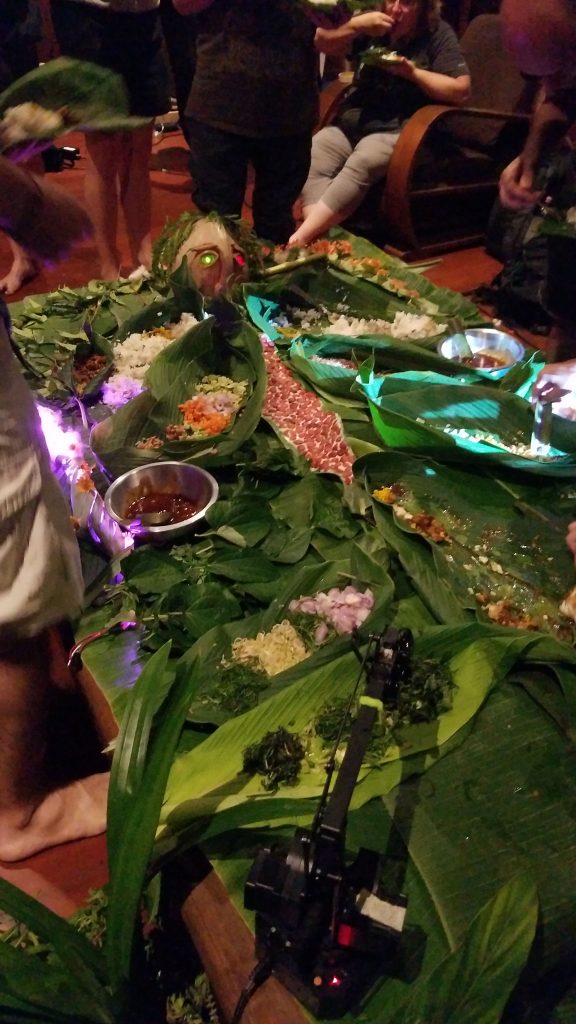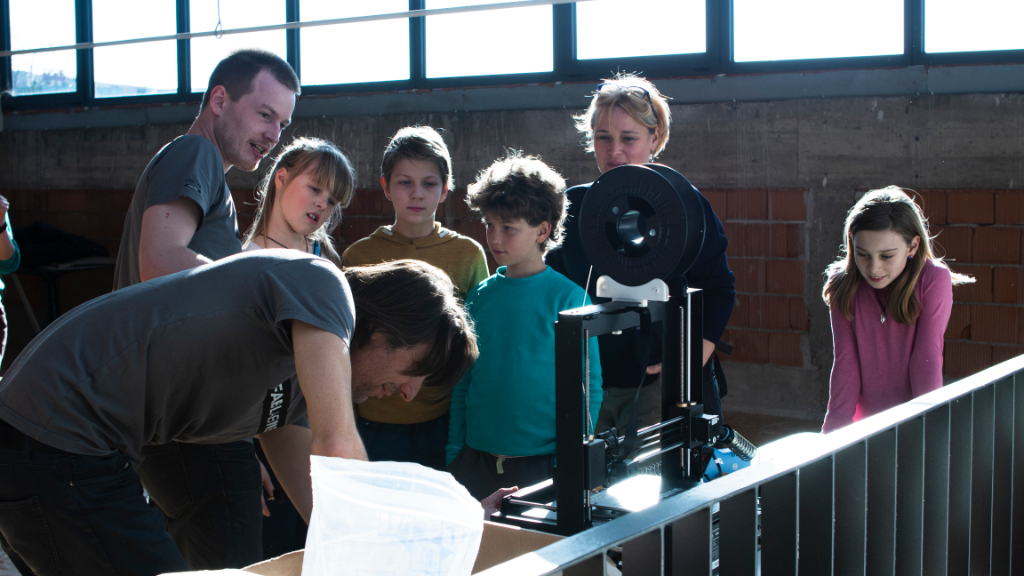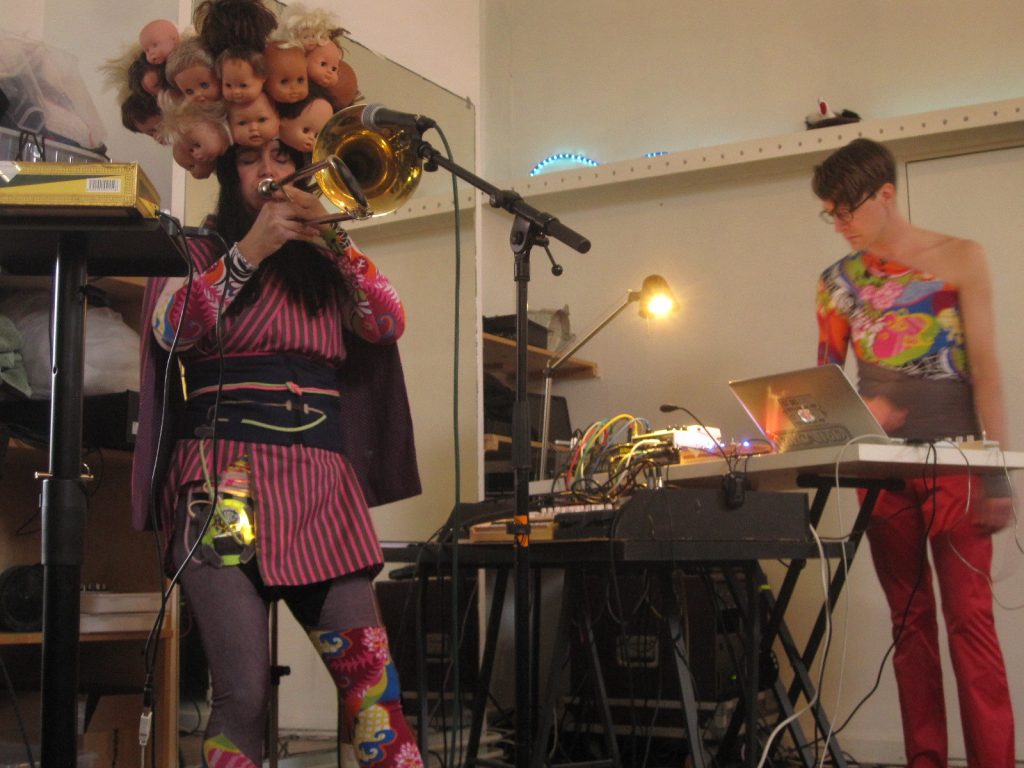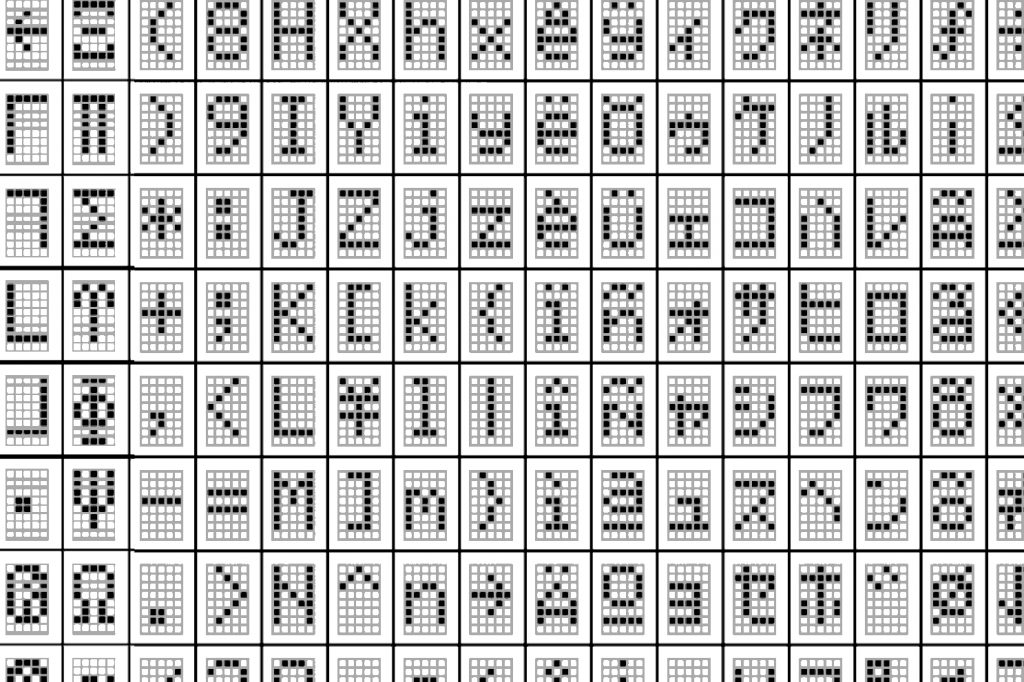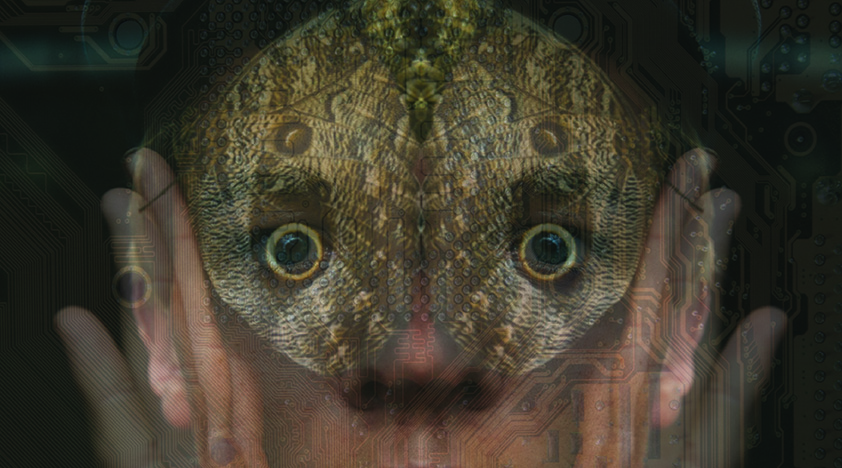Marina Miranda invites you to explore and amplify sounds, objects and data!
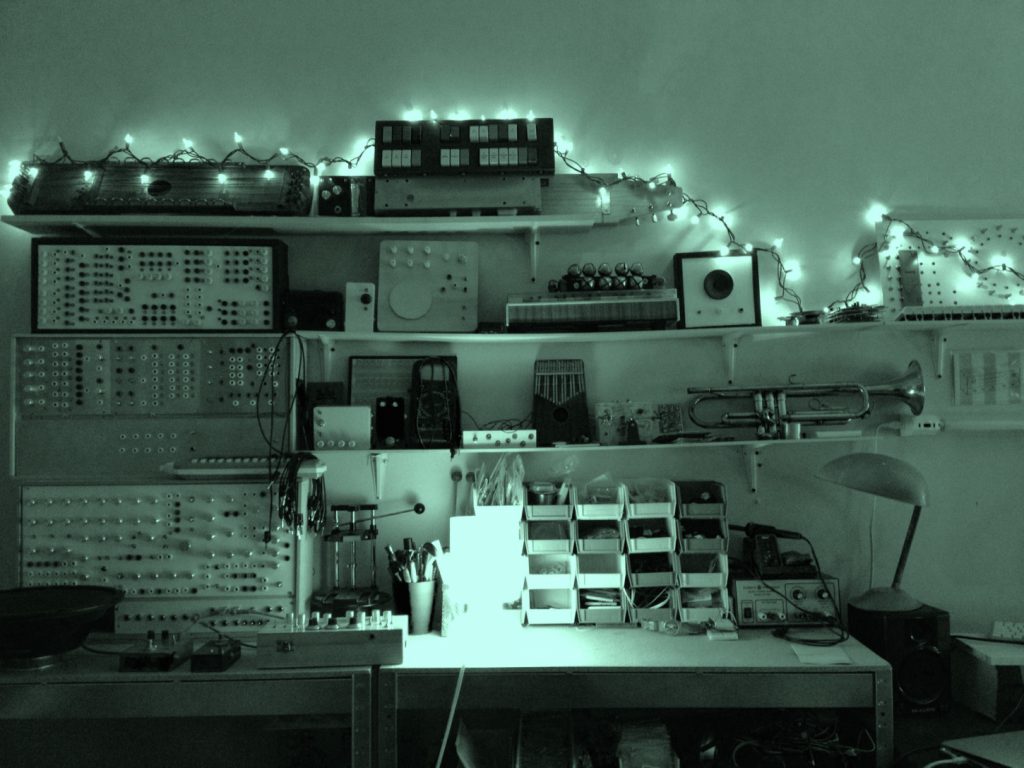
Some of my interests revolve around exploring very small parts and details from the world around me. I like working with contact microphones and hydrophones, granular synthesis, radio frequencies, the most basic systems of computation and digital logic, CMOS chips, DIY electronics, microscopes, analog circuits, field recordings etc. to bring the unseen reality around me into the field of perception and create biographical pieces about my day to day life. During my stay at the camp I would like to work on creating a musical and visual diary by using some of these techniques and instruments to explore and amplify sounds, objects and data. I would also like to share some of my work and techniques with others and build some simple musical machines to demonstrate the principles of binary and digital logic. And finally, I would like to invite other camp goers to explore our surroundings and learn about the tiny things that make up our world.
